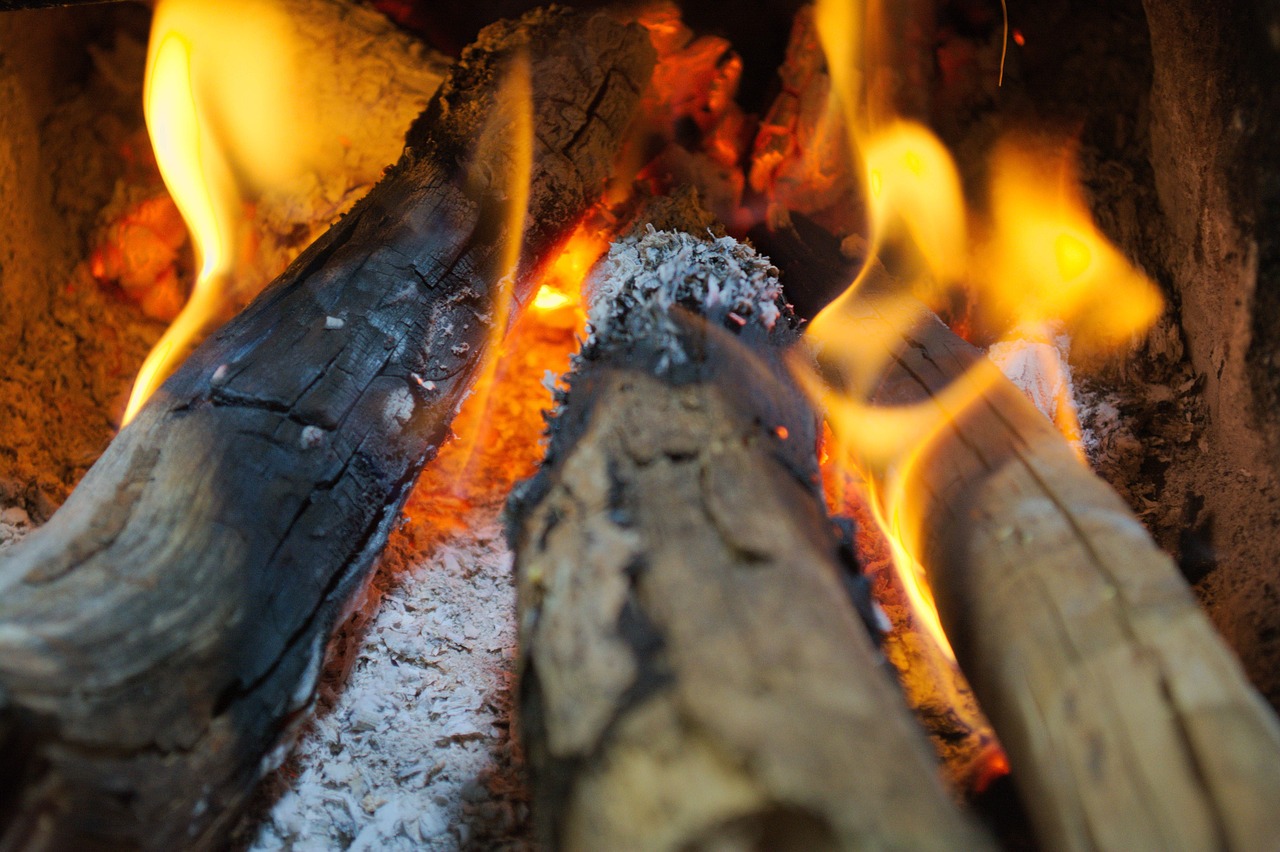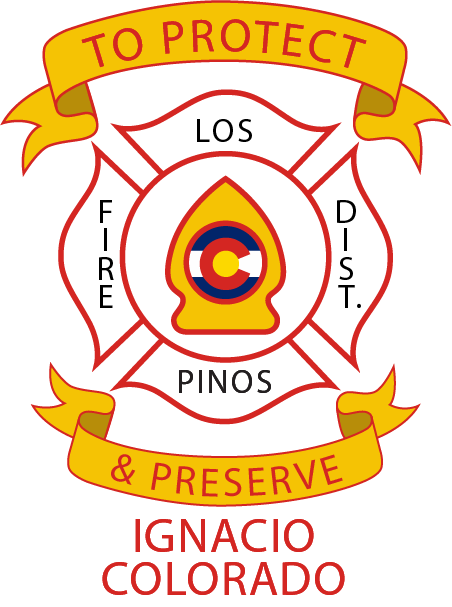The Importance of Proper Wood-Burning Stove Ash Disposal

Photo by Trinck on Pixabay
Owning a wood-burning stove is a wonderful experience, providing cozy warmth and a charming ambiance to your home. However, with this privilege comes responsibility, particularly when it comes to the disposal of wood-burning stove ash. Proper ash disposal not only ensures the efficient operation of your stove, but also promotes safety and environmental friendliness. In this article, we will guide you through the best methods for wood-burning stove ash disposal, offering you peace of mind and easy implementation.
Understanding Wood-Burning Stove Ash
Before diving into the various disposal methods, it's essential to understand what wood-burning stove ash is and why it needs to be handled properly. Wood ash is the residue left behind after wood or other organic materials have been burned in a stove. It contains trace elements such as calcium, potassium, and phosphorus, making it a valuable resource for plant growth. However, it also contains small amounts of heavy metals and other potentially harmful substances, which is why proper disposal is crucial.
Safety Precautions for Handling Wood-Burning Stove Ash
When dealing with wood-burning stove ash, safety should always be a top priority. Even though the ash may appear harmless, it can still pose risks if mishandled. Here are a few safety precautions to keep in mind:
- Allow the ash to cool completely before handling or disposing of it. Hot ash can cause severe burns, so it's best to wait at least 24 hours after the fire has been extinguished.
- Wear protective gear, such as gloves and a dust mask, to prevent skin irritation and inhalation of fine particles.
- Use a metal scoop or shovel to collect the ash, avoiding any plastic or combustible containers.
- Keep children and pets away from the ash disposal area to prevent accidental contact or ingestion.
- By following these safety precautions, you can ensure a secure and risk-free process of handling wood-burning stove ash.
Methods for Disposing of Wood-Burning Stove Ash
Now that we have covered the importance of proper disposal and the safety measures involved, let's explore the various methods you can use to dispose of wood-burning stove ash.
Using Wood-Burning Stove Ash as a Fertilizer
One of the most popular and eco-friendly ways to dispose of wood-burning stove ash is by using it as a fertilizer in your garden. Wood ash contains essential nutrients that can benefit plants, such as potassium, phosphorus, and calcium. However, it's crucial to use ash from untreated wood without any added chemicals or additives. Here's how you can effectively use wood ash as a fertilizer:
- Test the pH level of your soil: Wood ash is alkaline, so it's essential to check the pH level of your soil before applying it. Most plants thrive in slightly acidic to neutral soil, so if your soil is already alkaline, wood ash may not be necessary.
- Apply ash sparingly: Use wood ash as a supplement, not as the sole source of nutrients. Sprinkle a thin layer of ash around the base of your plants, avoiding direct contact with the stems or foliage.
- Monitor plant health: While wood ash can provide benefits, excessive use can lead to nutrient imbalances. Keep a close eye on your plants and adjust the quantity of ash accordingly.
By using wood-burning stove ash as a fertilizer, you not only reduce waste but also enhance the health and vitality of your garden.
Recycling Wood-Burning Stove Ash for Other PurposesIf you're not an avid gardener or have limited outdoor space, there are alternative ways to recycle wood-burning stove ash for various purposes. Here are a few creative ideas:
- Composting: Wood ash can be added to your compost pile, helping to neutralize acidity and improve the overall quality of the compost. However, it's essential to use ash in moderation, as excessive amounts can raise the pH level too high for optimal composting.
- Pest control: Wood ash can act as a natural deterrent for certain pests, such as slugs and snails. Create a barrier of ash around vulnerable plants to discourage unwanted visitors.
- De-icing agent: During winter, wood ash can be used as a substitute for salt or chemical de-icing agents. Sprinkle a thin layer of ash on icy surfaces, such as driveways or sidewalks, to provide traction and melt the ice naturally.
By exploring these alternative uses for wood-burning stove ash, you can find creative ways to recycle and repurpose this valuable resource.
Common Mistakes to Avoid When Disposing of Wood-Burning Stove Ash
While it's essential to know the proper methods for wood-burning stove ash disposal, it's equally important to be aware of common mistakes to avoid. Here are a few pitfalls to steer clear of:
- Disposing of hot ash: Never attempt to dispose of hot ash. Embers can remain active for hours, posing a fire hazard if not properly extinguished and cooled.
- Mixing ash with other waste: Avoid combining wood-burning stove ash with regular household waste or other materials. The ash should be kept separate to prevent contamination and ensure proper disposal.
- Using ash from treated wood: Ash from chemically treated or pressure-treated wood should never be used for fertilization or any other purposes. These types of wood can contain harmful substances that can be detrimental to plants and the environment.
By being mindful of these common mistakes, you can ensure responsible and effective wood-burning stove ash disposal.
Regulations and Guidelines for Wood-Burning Stove Ash Disposal
It's important to note that regulations and guidelines for wood-burning stove ash disposal may vary depending on your location. Some areas have specific rules regarding ash disposal, especially if it contains hazardous materials. Before implementing any disposal methods, be sure to research and adhere to local regulations to avoid any legal issues or environmental harm.
Alternative Options for Ash DisposalIf using wood-burning stove ash as a fertilizer or for other purposes doesn't suit your needs, there are alternative options available. Some municipalities provide designated ash bins or collection services specifically for wood-burning stove ash. Contact your local waste management authorities to inquire about these options and ensure proper disposal.
Conclusion: Responsible Wood-Burning Stove Ash Disposal Practices
Proper disposal of wood-burning stove ash is not just a responsibility; it's a commitment to safety and environmental stewardship. By understanding the importance of ash disposal, following safety precautions, and exploring various disposal methods, you can ensure the efficient operation of your stove while minimizing waste and promoting sustainability.
Whether you choose to use wood ash as a fertilizer, recycle it for other purposes, or opt for designated ash disposal services, the key is to be informed and make choices that align with your needs and local regulations. By adopting responsible wood-burning stove ash disposal practices, you can continue to enjoy the warmth and ambiance of your stove while being a responsible custodian of the environment.




